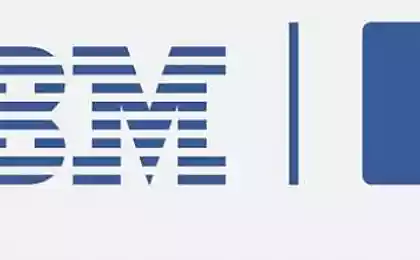987
The new PCM-memory IBM's 275 times faster than flash-memory. Project Theseus

A few days ago, IBM introduced an interesting project phase change memory (PCM, phase change memory ). The project was named Theseus , and it was shown at the conference Non-Volatile Memory Workshop 2014 in Greece (all matches names with ancient mythology a coincidence :)).
So, the essence of the project - phase change material structure when exposed to this substance shock. Substance divided into conventional cell and the material in each cell can take any form amorphous or crystalline. In this regard the amorphous state of 0, Crystal (conductive) - per unit.
Reading the state of a substance in the cell occurs through the use of ultra low currents that do not affect the state of the substance in the cell. Changing the state of a substance is not a one-time, of course, the developers indicate that the conditional number of write cycles on a medium reaches a million.

It is worth noting that the idea of using a substance that changes the structure under the influence of current information storage was proposed in the 70s of the last century. However, any successful implementation of this idea was carried out. This is because even in the recent past, the size of the board with any sane amount of memory needed to reach large sizes.

With regard to the test results, the write speed of PCM is impressive: 99, 9% of requests were made in only 240 microseconds. The same test that uses PCI-e flash cards and SSD, showed that there is a record 12 and 275 times slower than in the case of using a new type of memory.
As can be seen in the photo, and now such a fee could hardly be called portable. However, this initial stage of the project, which has just started to show interesting results. The developers do not plan to use "clean» PCM memory. Commercial devices will use hybrid technology PCM-NAND, thus reducing the size of the board, as well as significantly speed up the read / write data, compared with modern SSD.

A connection interface board - PCI-e, what is compatible with almost any modern computer.
It is expected that the first commercial samples of new memory will appear in 2016. The project team believes that this memory is optimal for use in server hardware, enterprise-class, which is working with huge amounts of data and require maximum performance.
By the way, here project presentation in English .
Source: habrahabr.ru/company/ibm/blog/223053/



















